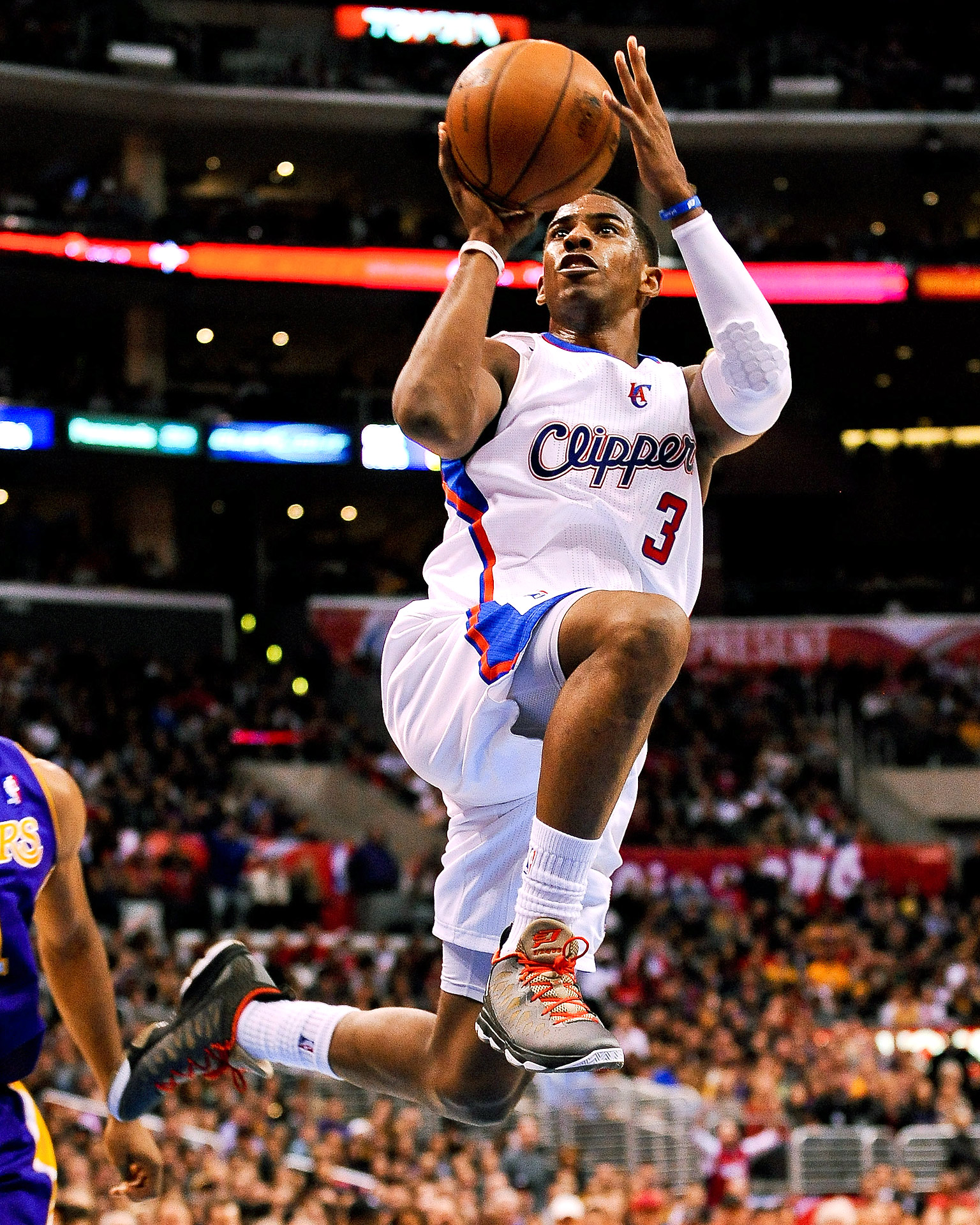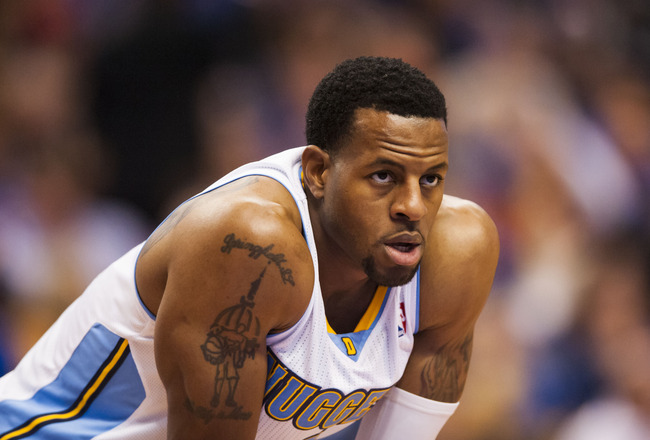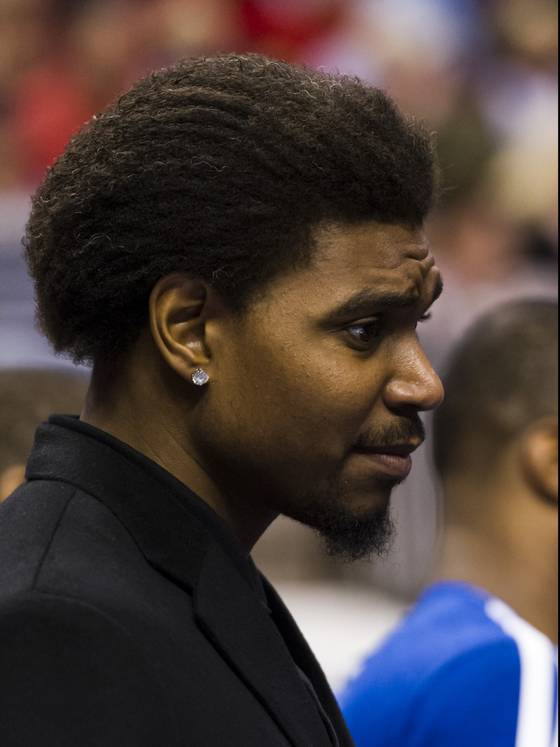[These comments are a response to Amanda Ripley's article The Case Against High School Sports, originally published in The Atlantic in 2014.]
[Also please excuse the academic tone of this piece while I continue my journey as a "scholar athlete."]
In her 2013
article, The Case Against High School
Sports, Amanda Ripley pulls from a variety of research and opinions on the
subject of high school athletics to convey what at first seems to be a logical
argument for the lessening of school sports. Most notably, she highlights the gap between academic
performance tests among the United States and Asian world powers such as South
Korea. She also points out the
recent success of schools that have taken a different approach to
athletics. Yet, at further
consideration, Ripley’s view of education is something that should not be
supported. Yes, at some point
educators and school administration in this country have to check themselves
and reassure that they are not putting athletics before academics. However, it is an undeniable fact that
sports are beneficial to learning and one of the most important aspects of
American culture. Furthermore, sports teach us valuable lessons that cannot be
taught in the classroom. With
American society at present, high school sports are something precious and
beneficial to teenagers, and must be protected.
I know from
personal experience that sports have had a huge impact on my life. Even Ridley acknowledges that from her
experience playing high school sports, she remembers benefits such as,
“exercise, lessons in sportsmanship and perseverance, school spirit and just
plain fun.” But just like anything
else with potential benefits, one usually receives only as much as their effort
warrants. Everyone’s experience
with athletics is different. I
have played football and lacrosse for all four years of my high school career,
and many other sports prior. The
lessons I learned on the field and the memories I made are extremely valuable
to me. Playing four years of
varsity lacrosse, and ending my football career as a captain on the varsity
team playing quarterback and linebacker, I was very fortunate to have multiple
opportunities to be a leader.
Through my time in athletics, I gained not only important education on
how to work with others, but how to be an effective leader, how to set and
reach goals, and most importantly, how to deal with and overcome
adversity. These are qualities
that are extremely important to possess if you’re looking to succeed in the
real world.
Yet, sports
transcend simple life lessons on teamwork and leadership. For many, athletics are a way of life,
and sometimes the only path to success.
Ripley states that over a hundred years ago, at a time when education
was being expanded, “sports, the thinking went, would protect boys’ masculinity
and distract them from vices like gambling and prostitution.” While the vices may have changed
nowadays, sports have still offered a safe haven for many kids in rougher
neighborhoods. For parents who are
looking for answers, as well as kids who want to stay away from drugs and crime
in poverty-stricken areas, sports are the only choice. It gives them something to spend their
time on outside of school, and keeps them motivated to succeed. In addition, sports are a way out of
poverty for many kids. For those
who can’t afford college, there are athletic scholarships that many aim for in
order to further their education, hoping to get a better job later down the
road. Ripley includes an example
in her article of a high school named “Premont,” which abolished sports due to
financial reasons. She offered the
fact that students still were able to participate in sports by joining club
teams outside of school. But, for
teenagers living in poverty, they might not be able to afford playing for club
teams. In this way, if schools cut
sports, the ever-increasing gap between the poor and the wealthy would only
increase. With this example,
organized sports would become only a thing for the wealthy, and kids in bad
neighborhoods would be left at a huge disadvantage.
There is no
denying part of Ripley’s argument.
Sports should not, under any circumstance, become the central focus of
our schools’ priorities. Olga
Block, a co-founder of a school called Basis Tucson North argued, “the problem
is that once sports become important to the school, they start colliding with
academics.” This concept that
sports are taking away from academics is an issue that needs to be addressed at
a lot of schools. However, cutting
sports is not the answer. In her
article, Ripley addressed the many financial needs of high school sports at one
school in particular. They need
money for buses for the players, the band and cheerleaders, and substitute
teachers for coaches on traveling game days. But there are ways around these issues. If you can’t afford to send your cheerleaders
and band to away games, they don’t have to go. Why are they traveling so far away that teachers need
substitutes? Play games with teams
that aren’t so far away.
Naturally, sports will distract students from academics, but that’s the
beautiful thing about it. As long
as school administrations act intelligently, athletics can’t hurt. It’s a great escape for students who
have been cooped up all day in a classroom. It’s an opportunity to free your mind after a stressful day
of cramming it with knew information.
And it’s finally a chance to get some exercise after sitting in a
classroom all day. In a country,
where obesity is a blatant issue, dismissing athletics should be the last thing
on our schools’ agendas. It’s one
thing to have a gym class for an hour once a week. It’s a whole other thing to exercise for hours after school
every day. Sports, while a
potentially dangerous distraction, are a great distraction.
All throughout her
article, Ripley’s major claim focused around the comparison of the United
States to other world powers. On
one particular math and critical thinking test, the United States scored 31st
in the world, while un-athletic South Korea, she pointed out, scored 4th. She cites multiple first-hand accounts
of foreigners traveling to the US, and noticing the difference in school culture. They all noticed the greater passion
our teenagers had towards sports.
Still, I wouldn’t look at this as a negative. Sports are a massive part of American’s culture. Athletics are something that separates
our country from others, and is a sign of our freedom. The sporting industry has grown by
quantum leaps in the past decades, and there’s good reason behind it. Sports are entertaining; everyone loves
sports, and they now permeate our culture and media like nothing else. Sports are also a part of America’s
rich history, which is passed down in family and community heritage. By choosing to play sports over
studying for six more hours after school everyday, we are using our
constitutional right to do what we love.
On the other hand, it’s widely believed that the educational system in
South Korea has been linked to the country’s high suicide rate. Yes, they are reaping the benefits of
putting their teens through an intensely competitive system, but do we really
want to be like them? By losing
school sports, as a country, we are essentially becoming less American.
No matter what route we go, there seems
to be a trade off that we are forced to make. By keeping school athletics as they are currently, we run
the risk of letting sports take priority over academics, and we pay the
consequence for our fun in the global rankings when compared to places like
South Korea. By removing school
athletics, and heightening the focus on academics, we are losing a vital
component of our American culture, and are revoking indispensable freedoms from
our youth. The question becomes
which reality you would rather see in our country. Logically, we should see the global statistics as a need for
change. And undoubtedly, we need
to assure that sports do not take priority over education. But reforms can be made that do not
involve the lessening of athletics, and there can be a happy balance between
learning and fun. Academics in America
are already stressful enough as is; we do not need to add onto the intensity
like these other countries. Instead,
we should be looking for a better way to learn, and focusing on quality over
quantity. If we choose to take
away high school sports, we are creating more problems than we are fixing. The teenagers in poverty-stricken areas
look to sports as a life-changing mechanism, and the obesity crisis in America
is something that needs to be taken seriously. But in the end, sports can be just as beneficial to learning
and education as sitting in a classroom.
We learn things that other people, and other cultures do not, and we
have fun doing it.














